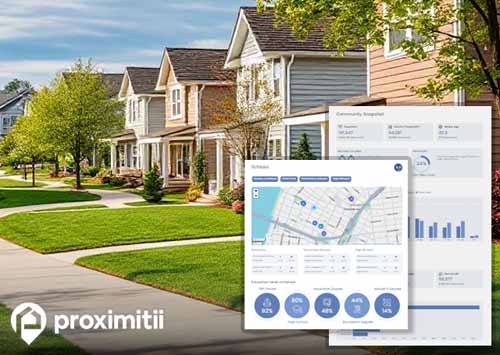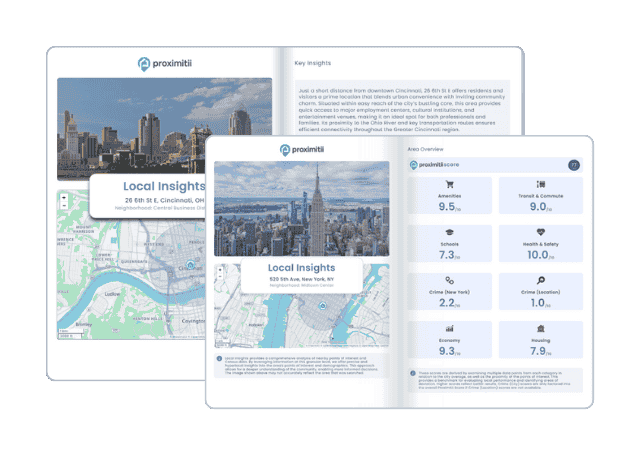| Statistic | Reportedincidents | /100k people | Great Falls/100k people | South Carolina/100k people | National/100k people |
| Total crime | 0 | n/a (estimate) | 1,220 (estimate) | 2,403 | 2,119 |
| Murder | n/a | n/a | n/a | 7.5 | 5.0 |
| Rape | n/a | n/a | n/a | 37.1 | 37.5 |
| Robbery | n/a | n/a | n/a | 35.1 | 60.6 |
| Assault | n/a | n/a | n/a | 357.1 | 256.1 |
| Violent crime | n/a | n/a (estimate) | 222 (estimate) | 437 | 359 |
| Burglary | n/a | n/a | n/a | 282.4 | 229.2 |
| Theft | n/a | n/a | n/a | 1,468.2 | 1,272.1 |
| Vehicle theft | n/a | n/a | n/a | 215.1 | 258.8 |
| Property crime | n/a | n/a (estimate) | 998 (estimate) | 1,966 | 1,760 |


When we analyze the latest crime report, the Great Falls crime rate is 93.5% higher than the national average. These incidents are classified into two primary categories: violent and property crimes. Violent crimes include assault, robbery, rape and murder. Whereas property crimes encompass theft, vehicle theft and burglary. In the case of Great Falls, there were 14 reported violent crimes, equivalent to 724 per 100,000 individuals, 95.7% higher than the national average. Additionally, Great Falls recorded 73 property crimes, amounting to 3773 per 100,000 residents, 93% higher than the U.S. average.
Having a crime rate of 4496 per 100,000 residents, Great Falls experiences a crime rate that is 93.45% higher when compared to the national average, leading to one of the highest overall crime rates in the nation. It's important to clarify that this doesn't imply the entire city is unsafe. Like any area, Great Falls contains neighborhoods with varying safety levels and you can find areas that are notably safer than others, emphasizing the need for targeted crime prevention efforts and community engagement initiatives.
Great Falls ranks among the most perilous cities in the United States, bearing a violent crime rate of 724 per 100,000 people, positioning it within the lowest 10% of all U.S. cities reporting crime statistics. The odds of falling victim to violent crime in Great Falls stand at 1 in every 139 residents, emphasizing the pressing need for enhanced safety measures and community engagement to address this significant concern.
Great Falls showcased a dedication to violent crime safety in its latest reported crime year by achieving a murder rate of 0. This accomplishment could indicate that it is a safe place for residents, but also provides a shining example to other urban areas endeavoring to create safer communities.
Great Falls faces some of the nation's most elevated property crime rates, recording 3773 incidents per 100,000 people. This places the city among the worst 10% of all U.S. cities that reported crime. Regrettably, the likelihood of falling victim to property crime in Great Falls stands at 1 in 27, significantly surpassing the national average. These statistics underscore the imperative need for bolstered community safety measures to mitigate property crimes and enhance the well-being of its residents.
Is Great Falls a safe place to live? While the answer may not be straightforward due to variations in safety levels across the city, gaining an understanding of the overall crime rate can prove to be advantageous. In general, Great Falls has a crime rate that is higher than the national average by 93%. Breaking this down on a daily basis, it translates to 0.24 daily incidents, encompassing 0.04 violent crimes and 0.2 property crimes. Evaluating these statistics can aid in forming a more informed perspective on the safety of Great Falls as a potential place to call home.
Year-over-year crime data allows residents and potential residents to assess the crime in Great Falls. A decrease in crime rates may indicate improving safety, while an increase could raise concerns. The year-over-year crime rate in Great Falls has increased by 10.1%. Violent crimes have increased by 100%, while property crimes have increased by 1.4%. By comparing crime rates from one year to the next, authorities and communities can identify trends and patterns in criminal activity. This helps in understanding whether crime is increasing, decreasing, or remaining stable over time.
In Great Falls, the poverty rate currently stands at 20.8%, which contrasts with the national average of 15.1%. It's essential to recognize that the economic status of a city's inhabitants could be a pivotal factor influencing crime stats. Communities grappling with high poverty rates and income inequality are often susceptible to elevated crime levels, as some individuals may turn to unlawful activities to fulfill their essential needs. While lower poverty rates could lead to a reduction in Great Falls crime rates.
Great Falls has a ratio of police officers and civilians per 1,000 residents that differs from the national norm, with 2.52 officers and civilians per 1,000 residents, compared to 3.25 nationwide. Crime rates are profoundly influenced by the effectiveness of law enforcement and community policing endeavors. A resilient and cooperative partnership between law enforcement agencies and the community can serve as a deterrent to criminal activities, ultimately enhancing safety. The efficacy of law enforcement extends beyond mere numbers and extends into the realm of community policing strategies, emphasizing the cultivation of trust and collaboration between officers and the community. It is not merely a matter of quantity but the quality of engagement with the community that matters most.
High rental costs can limit economic mobility, making it difficult for individuals to save money, invest in education, or access better job opportunities. This can perpetuate a cycle of poverty and increase the risk of involvement in criminal activities. In summary, high rental costs can create economic challenges, overcrowding, and neighborhood dynamics that may increase the likelihood of certain types of crime, particularly property crimes. In Great Falls, the average rental rates are $718 per month, compared to the national average of $949.

Why stop at city-to-city? With Local Insights, you can compare neighborhoods, zip codes, or even exact addresses. Access 300+ hyperlocal data points—from schools and crime to housing and amenities—to see which area is the better fit.

| Item | Great Falls | South Carolina | National |
| Law enforcement employees (officers & civilians) | 5 | 5,812 | 558,732 |
| Police officers & civilians /1000 residents | 2.5 | 5.1 | 3.3 |
| State | Total offenders | South Carolina /100K | National /100K |
| South Carolina | 15,193 | 377 | 266 |
| City | Population | Violent crime/100k people | Property crime/100k people | Total crime/100k people |
| Elgin town, SC | 1,525 | 162 | 728 | 890 |
| Irwin, SC | 1,308 | 196 | 882 | 1,078 |
| Winnsboro Mills, SC | 2,099 | 249 | 1,120 | 1,370 |
| Winnsboro, SC | 3,208 | 277 | 1,244 | 1,520 |
| Richburg, SC | 349 | 412 | 1,853 | 2,265 |
| Heath Springs, SC | 639 | 543 | 2,445 | 2,988 |
| Fort Lawn, SC | 974 | 512 | 3,176 | 3,689 |
| Great Falls, SC | 1,806 | 222 | 998 | 1,220 |
| City | Population | Violent crime/100k people | Property crime/100k people | Total crime/100k people |
| South Charleston, OH | 1,806 | 123 | 651 | 774 |
| Freeport, PA | 1,805 | 114 | 666 | 780 |
| Poth, TX | 1,805 | 0 | 297 | 297 |
| Hamilton, GA | 1,805 | 112 | 112 | 223 |
| West Homestead, PA | 1,807 | 505 | 2,020 | 2,525 |
| Great Falls, SC | 1,806 | 222 | 998 | 1,220 |